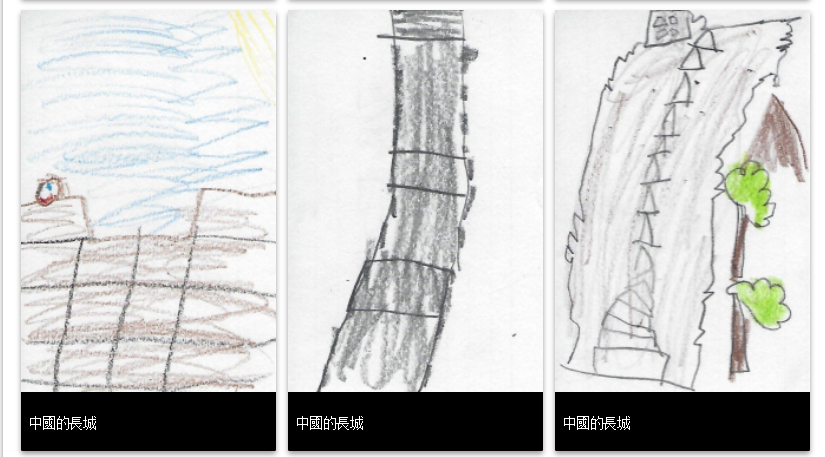Summary
I was looking for a way to have students research and really stretch their critical thinking across the curriculum. My ITRT and I decided that students love to play hide and seek so why not hide some answers and let them seek them. Ernie (my ITRT’s twin brother) began the game by going to a location that the students had already studied and giving students clues via the blog. Students had to research using different tools such as the internet, maps, globes, and books, as well as Skyping with Ernie and conferencing with the teacher. When the students felt they knew where Ernie was located, they blogged again and guessed his location. If they weren’t ready to make a guess, they were able to ask questions via the blog to request additional clues. Ernie would also post pictures on the blog, which prompted more student generated questions. This continued going around the world to different spots and these locations were utilized in studying habitats, climates, and map directions. The scenario was then changed to spice things up. Students gave Ernie clues on where they wanted him to go. Students researched to generate clues and gave these clues through a Skype session with Ernie. Now Ernie had to research using these clues and travel to these places. If he ended up in the correct location, we were successful in giving clues. If not, the students had to reflect, research again, and give more clues to help Ernie get to the correct destination.
TIPC Ratings
This lesson falls in the Ideal/Target Range for Research & Information Fluency. Students generated their own questions for research. Students researched using a variety of resources, such as Google Earth, PebbleGo, trade books, leveled readers, and a variety of age appropriate websites. Students utilized QR codes set up by the teacher to take them to appropriate websites using their iPad. Groups decided together what information to use to make a clue for Ernie. Students collaborated to find information on geography, climate, animals, and unique events or locations. Additionally, parents were provided with the links to the web pages to further their research with their child at home.
This lesson falls in the Ideal/Target Range for Communication and Collaboration. Students worked in small groups and selected jobs for each member of their team. Students voted on a location using ActiVotes. After all groups had completed their research, we revisited the clues they had written and decide if this is enough or if they want more. The decision was a whole group consensus. The teacher facilitated and redirected students who could not come to a consensus. Once the recording was done, the teacher collected and typed the information on the blog for Ernie to review. Before posting, the students were asked to do a group reflection on whether they believe there are enough clues, whether the clues give away too much, or whether the clues are complete. Our class reflects before and after every post. Sometimes Ernie needs additional information and we reflect what else to tell him as a group. Students are given the opportunity to pose their own questions to Ernie through the blog, Skype, or a phone call.
This lesson falls in the Ideal/Target Range for Critical Thinking and Problem Solving. Each group worked together to come up with one or two clues from their topic, utilizing iPads for websites and the Promethean Board for Google Earth. After all groups were done, we revisited the clues they had found and decided if this was enough or if they wanted more. The teacher led the discussion and noted things that may be unclear for Ernie. Students had to think about solutions that had more than one right answer. Students had to generate questions in order to find the right solution for their task. Not all groups agreed on what information would be used, however, they did revisit and tried to come to a consensus themselves. Ernie sometimes did not make it to the right location and needed additional information, so we had to reflect and determine what other clues we should give him. Students are given the opportunity to pose their own questions to Ernie. There were times when our Google Earth was not functioning and I asked students how else we might find the information we needed.
This lesson falls in the Ideal/Target Range for Creativity & Innovation. Students generated questions of their own thinking and created original work with information they gathered. They did this through their own non-digital and digital work. The clues they wrote were meaningful, original work for this lesson. Students needed to be creative in giving clues that did not give too much away. Students analyzed trends based on how Ernie phrased his own clues in order to write their own clues. Students always reflected on Ernie’s responses to our information to decide what they needed to do next.
Download Files
Where in the World is Ernie_7321
Contents:
- Lesson Plan
- Research Pictures
- Student Work Samples
- Class Blog
- School Blog
- Recording of Skype Session
- Google Form for Reflection





